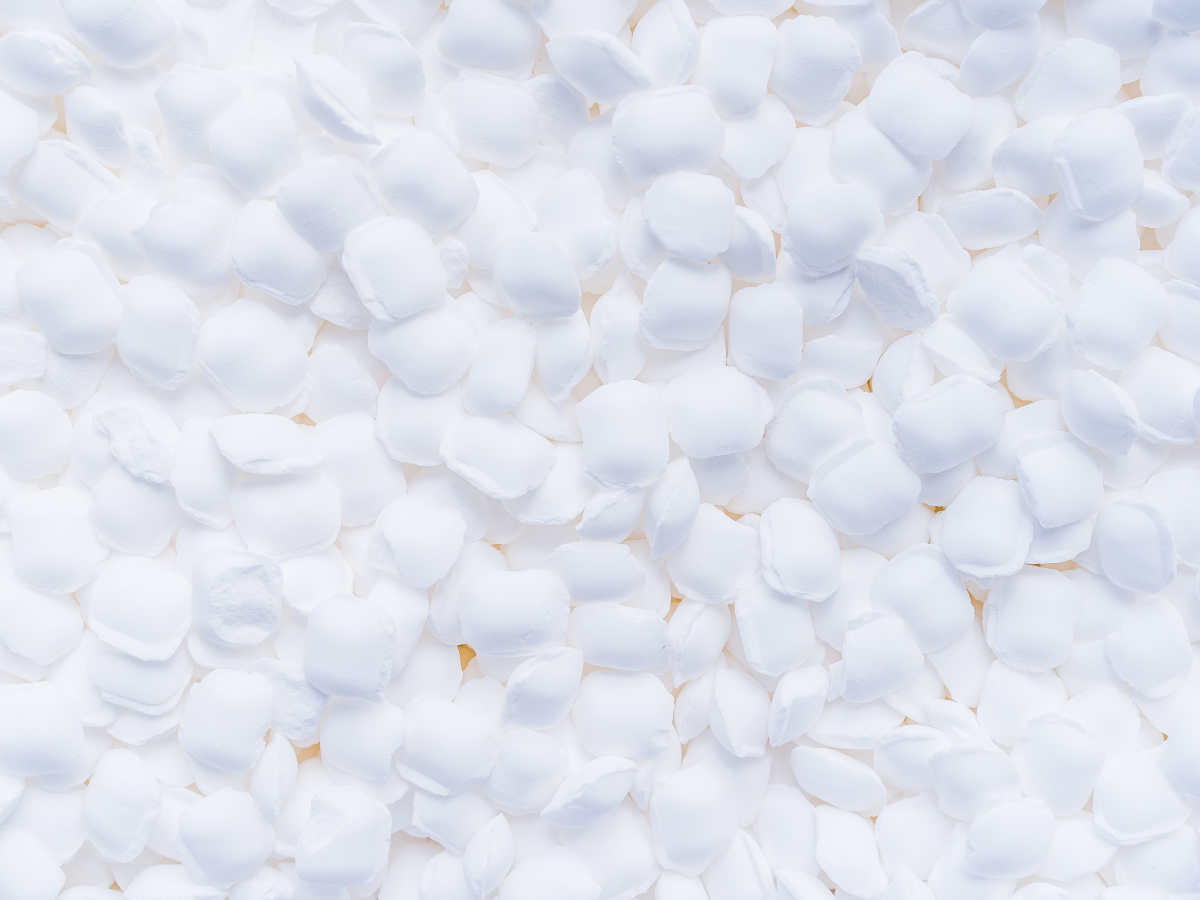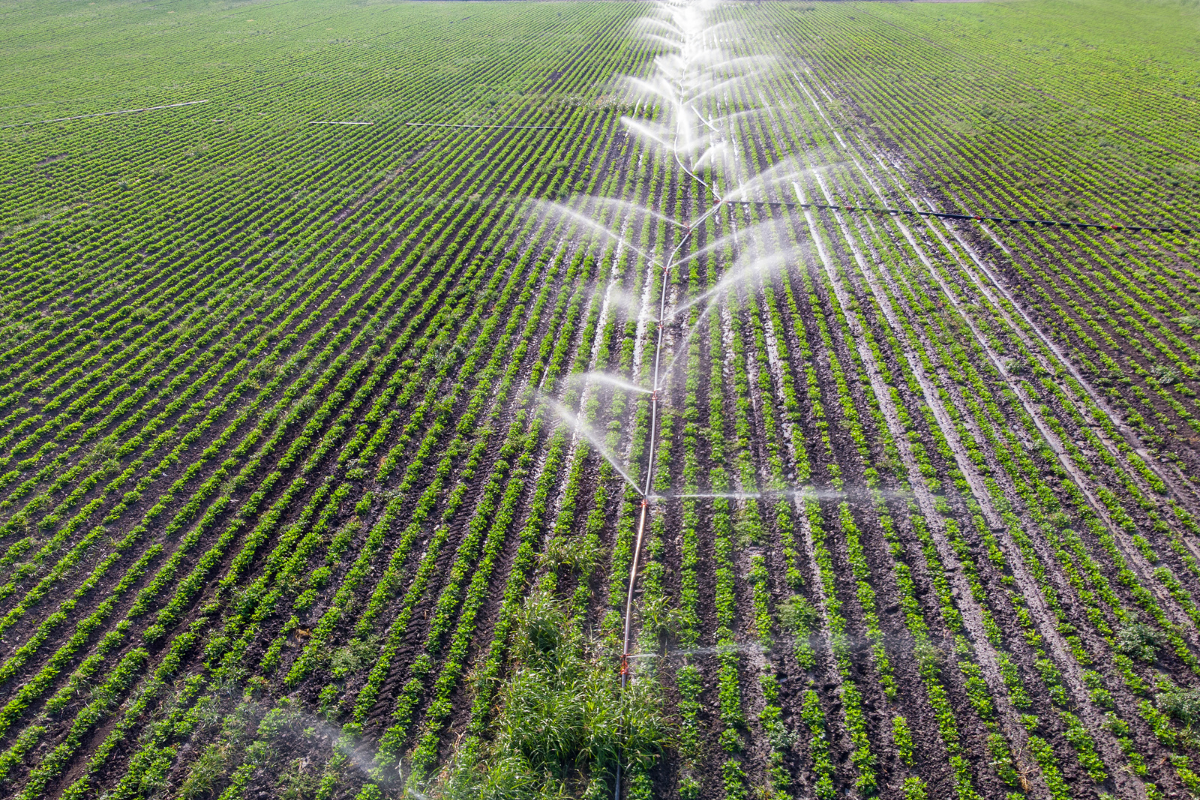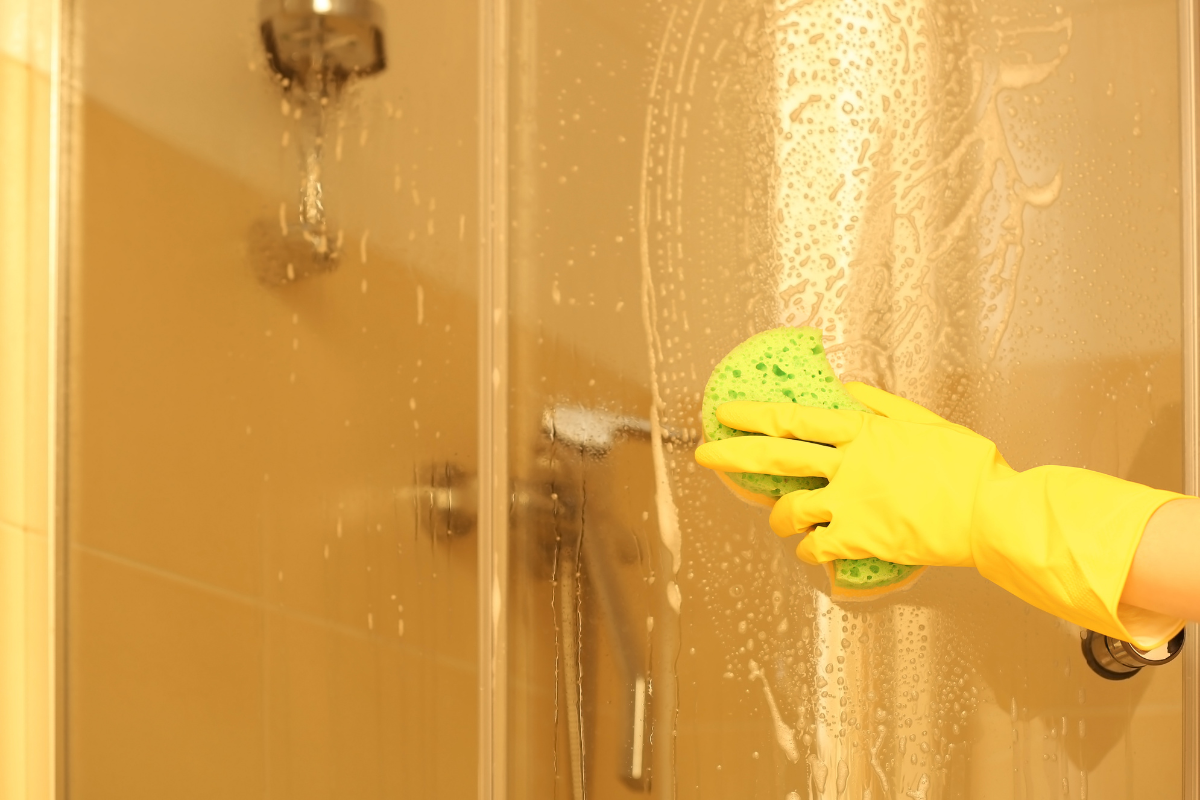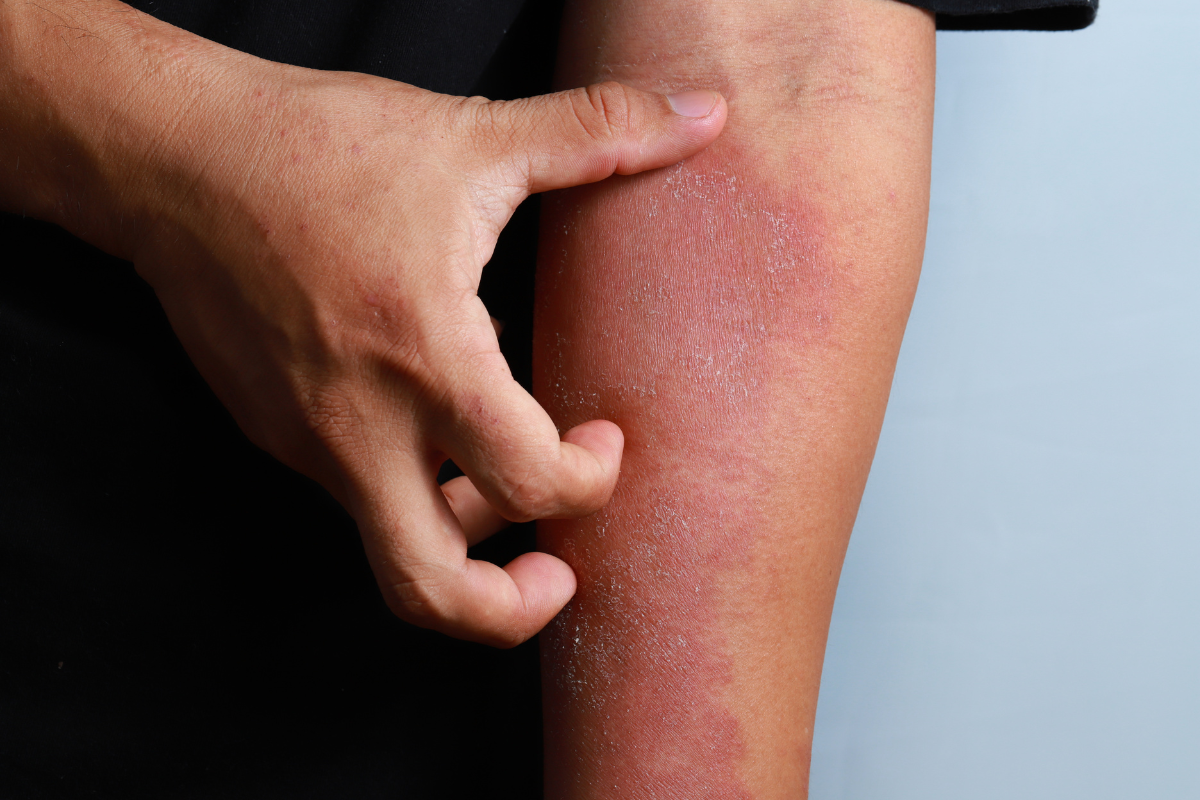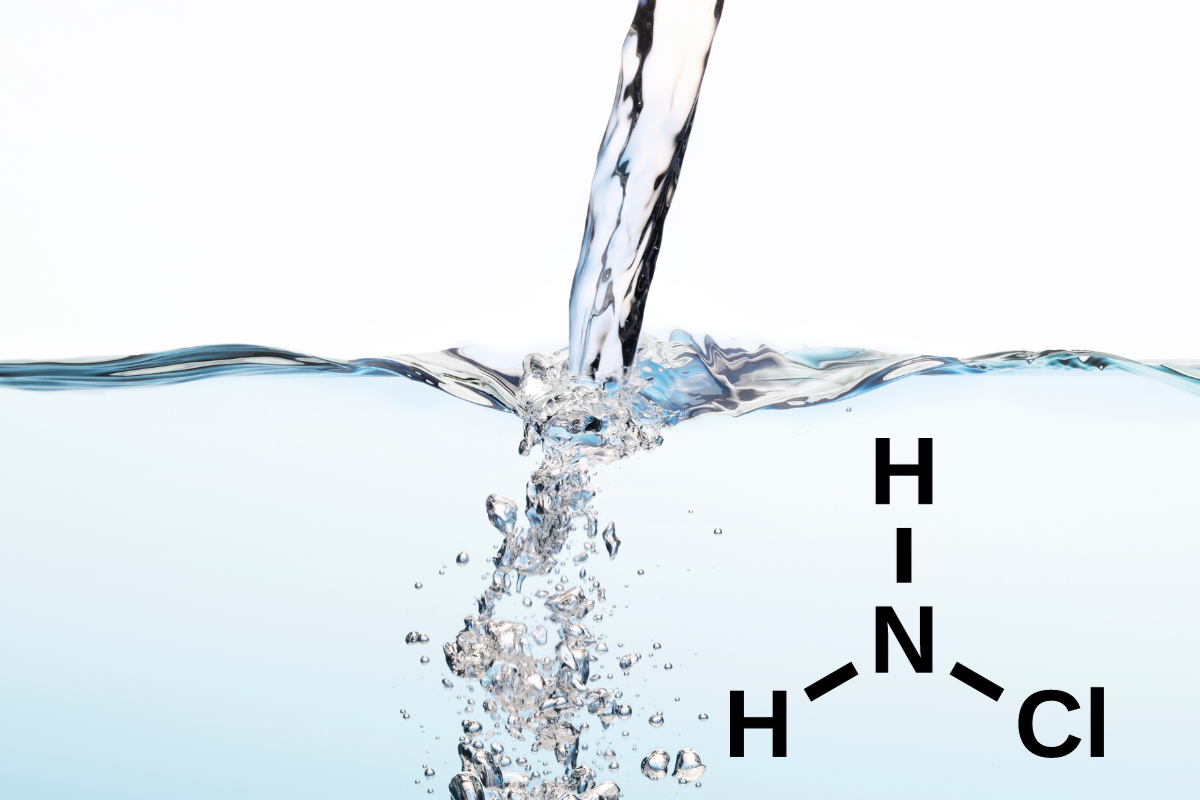Top Contaminants in Aurora’s Drinking Water
What are the Top Contaminants in Aurora’s Drinking Water
Contaminants in Aurora Water
Arsenic
What is Arsenic?
Arsenic is an element with the symbol As and atomic number 33. It exists in nature predominantly alongside other elements, such as sulfur. Rarely, it can also be found in its pure crystalline form.
Why is Arsenic in Drinking Water a Problem?
In its inorganic form, arsenic is extremely poisonous. It is a group A carcinogen, meaning prolonged exposure can cause cancer. It is also linked to cardiovascular disease and an increased risk of cognitive dysfunction in developing fetuses.
Furthermore, arsenic is an element which bioaccumulates within the body. This means the body does not naturally eliminate it from the tissues and bloodstream, and it can build up to higher levels over time.
How Does Arsenic Get Into Aurora’s Drinking Water?
Arsenic is present naturally in the earth’s crust. It makes its way into groundwater when rocks and sediment containing it erode over time.
How Much Arsenic is in Aurora’s water?
Contaminants in water are measured in units called “parts per billion,” or ppb. This is a measurement of the number of units of mass of a contaminant per 1 billion units of a total mass. In the 2022 Water Quality Report, the average amount of arsenic detected in Aurora’s water was listed as 0.07 ppb. This is within the federally recommended range of between 0.5 to 0.53 ppb.
Barium
What is Barium?
Barium is another element with the symbol Ba and atomic number 56. It is a highly reactive, soft metal that exists only alongside other chemical compounds (such as barium sulfate).
Negative Effects of Barium in Aurora’s Water
Like arsenic, barium is poisonous at certain levels. Unlike arsenic, it does not bioaccumulate and it is not a carcinogen. Rather, prolonged barium exposure affects the body’s nervous system, causing tremors, breathing problems, muscle weakness, heart irregularities, and even paralysis. Water-soluble barium can also affect other organs, such as the eyes, and cause blindness.
How Does Barium Get into Drinking Water?
Barium in Aurora’s water gets there much the same way arsenic and other contaminants do: the erosion of sedimentary and igneous rocks with barium-containing compounds.
Barium Levels in Aurora Water
The 2022 sample of Aurora’s water found, on average, 38 ppb of barium in the drinking water. This is within the recommended range of 32.3 to 53.8.
Chromium
What is Chromium?
Chromium is metal with the symbol Cr and atomic weight of 24. Like arsenic and barium, it is found naturally within the earth’s crust. It is a critical component of stainless steel, lending both hardness and corrosion resistance to the alloy.
Chromium Health Effects
Chromium exists in several states, depending on its oxidation level. Trivalent chromium, or Cr III, has no ill effect and actually plays a small role in the body’s regulation of insulin. Chromium VI, on the other hand, is highly toxic and has been linked to stomach tumors and other cancers. It can also cause skin irritation. Like arsenic, chromium is known to bioaccumulate.
How Chromium Gets into Water
A large percentage of Cr VI makes its way into groundwater as runoff from steel and pulp mills. Chromium may also begin as Cr III and erode naturally into the water, then later oxidize to become Cr VI.
Chromium Contaminants in Aurora Drinking Water
Because chromium has the interesting ability to oxidize from the nontoxic 3+ state to the highly toxic 6+ state, all chromium measured in drinking water is assumed to be the latter. Aurora’s 2022 sampling found an average of 0.07 ppb of total chromium in the water, well within the range of less than 0.5 to 0.58 ppb.
Remove Contaminants in Aurora Water
Given the dangerous consequences these contaminants can have on the body, why tolerate any level at all in your family’s drinking water? You can remove these and other contaminants entirely simply by installing a home reverse osmosis system.
Reverse osmosis is a safe, economical way of purifying your home’s drinking water. If you are in Aurora and are interested in a reverse osmosis system or other method of water purification, contact the Water Pros. We are passionate about ensuring Colorado’s homes have only the highest quality drinking, cooking, and bathing water. Call or go online today to get started.
